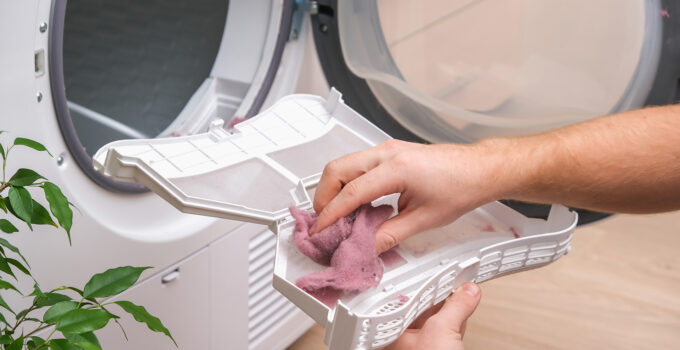Doing laundry and cleaning the bathroom are two unavoidable chores. No matter how tidy we try to be, lint still covers our clothes and grime creeps into the grout. Luckily, there are simple solutions for keeping laundry lint-free and the bathroom sparkling clean. With just a few inexpensive household ingredients, you can fight laundry lint and bathroom gunk for good.
This article will provide 5 handy hacks for tackling lint in the laundry room and scrubbing every corner of the bathroom. Implement these tips to make chore time faster and easier. You’ll be able to keep whites bright, eliminate lint shedding, remove mold and mildew stains, and make shower curtains look new again. Read on to discover the best DIY tricks for a lint-free laundry and a spotless bathroom.
Page Contents
Keep Whites Bright and Clothes Lint-Free
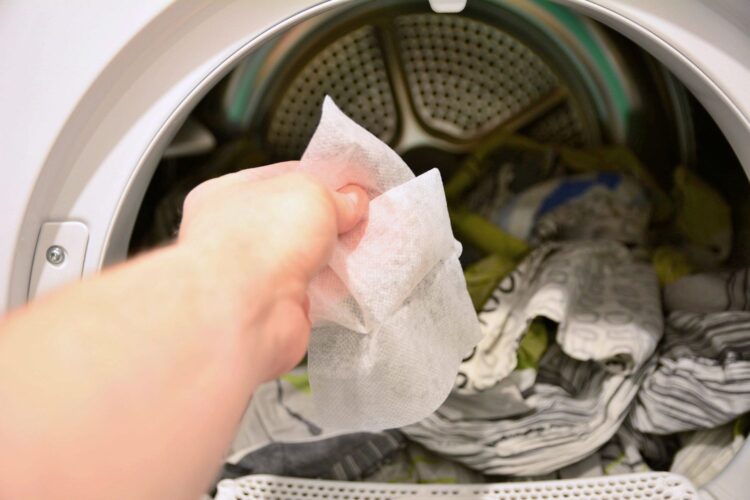
Source: allrecipes.com
Keeping whites looking crisp and bright can be a challenge when doing laundry. One tip is to wash whites separately from colorful clothes to prevent dye transfer. Use bleach sparingly and according to garment care instructions. Soaking whites in oxyclean can help lift stains without using bleach. Washing whites in hot water helps remove stains and kill germs. You can also try drying whites in the sun, which naturally whitens and disinfects the fabric.
Be sure to check pockets before washing to prevent ink pens from leaking onto other clothes. For stubborn stains like collar grime, pre-treat the area before washing. Adding white vinegar during the rinse cycle will further brighten whites. Using laundry detergent sheets can make measuring and loading detergent easier; simply toss a sheet in the drum per wash load. The dissolvable sheets contain a pre-measured amount of detergent.
It’s annoying when clothes start pilling and shedding lint everywhere. Washing garments inside out can minimize abrasion that causes pilling. Use a lint roller on clothes before washing to remove lint and fuzz. Washing similar items together, like towels with towels and sweaters with sweaters, prevents towels from leaving lint all over your sweaters. Turn delicate fabrics that shed lint easily inside-out so zippers and buttons don’t snag the fabric. Put these delicate items in a mesh garment bag for washing. Make sure to clean the lint filter before each load to remove lint.
Following these laundry tips will help keep your whites bright and prevent annoying pills and lint on your clothes. Using proper techniques makes your clothes last longer and look better!
Reducing Lint in Laundry
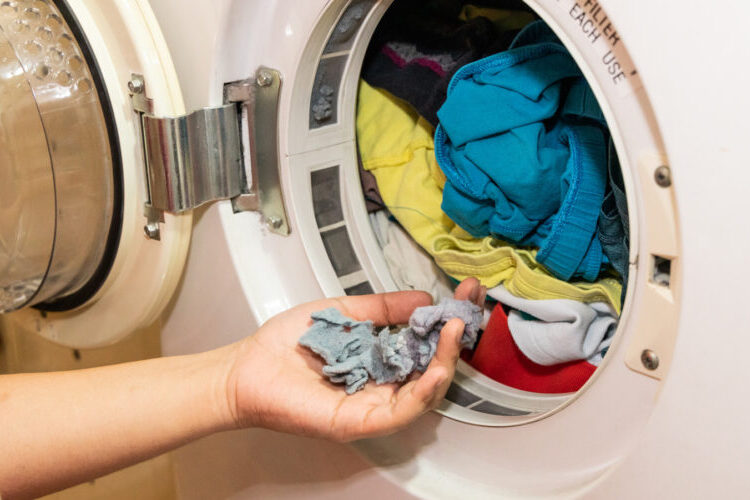
Source: housedigest.com
The best defense against lint spreading in the wash is to catch it before it exits the washing machine. There are several lint-catching products that attach right to a washer’s water outlet hose. As water leaves the washer, it passes through a filter that strains out lint. The lint collects in a compartment in the filter instead of recirculating back to clothes. Just remember to clean it out regularly for maximum effectiveness. Additionally, choose a laundry detergent formulated to reduce lint and static. Look for detergents containing special lubricants and anti-static agents that help fabrics slide smoothly against each other rather than linting.
In the war against lint, the dryer is ground zero. All that tumbling and friction stirs up lint like nothing else. Using dryer balls can make a huge difference in keeping clothes lint-free. Wool or rubber dryer balls bounce around the dryer barrel during the drying cycle. This agitation helps separate clothes and keep air circulating freely. The result is clothing that dries faster and with less lint clinging to it.
Dryer balls are reusable so a one time investment yields savings and less lint over time. For optimal results, use 2-3 balls per load. Be sure to fluff any tennis balls before adding to a dryer load. This restores the fuzz on the surface of the balls which helps remove lint.
Clean Bathroom Surfaces with Baking Soda and Vinegar
Baking soda and vinegar are two powerful natural cleaners that can be used to clean many surfaces in the bathroom. Spread baking soda along the bottom of your tub and shower walls. Spray vinegar over top and let it bubble for 5-10 minutes. The chemical reaction between the baking soda and vinegar will help break down soap scum, mildew stains, and hard water deposits. Once the bubbling stops, wipe the walls down with a damp sponge or cloth.
The gritty texture of the baking soda combined with the acidic vinegar will leave your shower walls looking shiny. You can also pour baking soda down the drain followed by vinegar to clean soap scum and odor buildup. Let the mixture sit for 30 minutes then rinse with hot water. Doing this monthly will keep drains free-flowing.
Grout lines in tile floors and walls inevitably start to look dingy, no matter how much they are scrubbed. To really deep clean grout, make a paste with baking soda and hydrogen peroxide. Spread it onto grout lines and let it bubble for 5-10 minutes. The peroxide will lift stains and sanitize while the baking soda scrubs. Once done bubbling, scrub with a stiff grout brush and rinse. For maintenance, you can also use a grout pen to re-apply color so your grout looks fresh again.
Freshen Shower Curtains
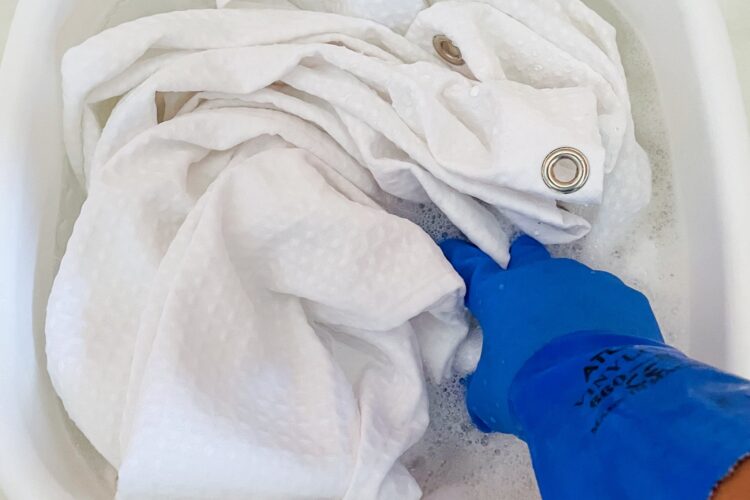
Source: nytimes.com
Your shower curtain probably takes the brunt of grime and moisture in your bathroom. Over time it can start to smell musty. Bring your curtain back to life by throwing it in the washing machine on the rinse cycle. Add in 1 cup of distilled white vinegar to the rinse water. The vinegar will act as a natural fabric softener, remove odors, and prevent mildew growth. Take your curtain off the rod and throw it in the dryer on low heat to dry. It will come out looking and smelling fresh again.
Removing Black Mold and Cleaning the Toilet
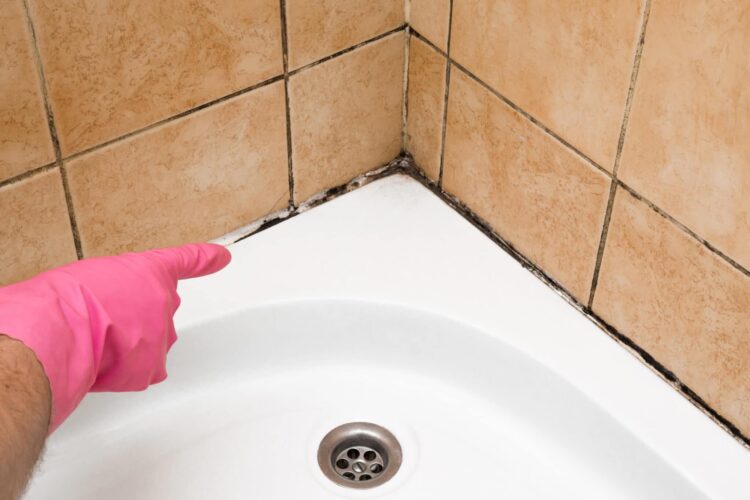
Source: jdogcarpetcleaning.com
No matter how often you scrub, stubborn stains still manage to cling inside the toilet bowl. To get rid of these once and for all, fill a bag with 1 cup of borax and 1/4 cup of lemon juice. Drop it in the toilet bowl and let it sit overnight. The next morning, scrub with a toilet brush and flush. The combination of borax and lemon juice will lift stains and disinfect the toilet at the same time. Repeat this weekly to prevent stains from returning.
If black mold has taken hold in the grout lines of your tile, removing it can feel impossible. However, there is an easy solution that doesn’t require heavy scrubbing. Simply spray undiluted 3% hydrogen peroxide directly onto the moldy grout. Let it sit for at least one hour. The peroxide will naturally break down and kill the mold at the roots. Once the hour is up, go back and scrub the grout with an old toothbrush. Repeat as needed for stubborn areas. The hydrogen peroxide is a safe, effective way to get rid of mold without harsh chemicals.
Conclusion
With these 5 laundry and bathroom cleaning hacks, you can restore dingy clothes and surfaces to a like-new shine. Baking soda, vinegar, hydrogen peroxide, and other household staples are inexpensive but powerful cleaners. Using them properly saves money and elbow grease compared to harsh chemical cleaners. Keep your laundry lint-free and bathroom sparkling by implementing these natural cleaning solutions. Your clothes, tiles, tub, and other areas will look their best. Next time your laundry seems dingy or your bathroom needs a deep clean, revisit these handy techniques.

